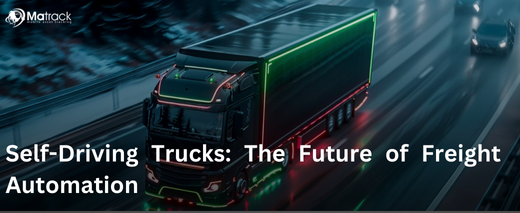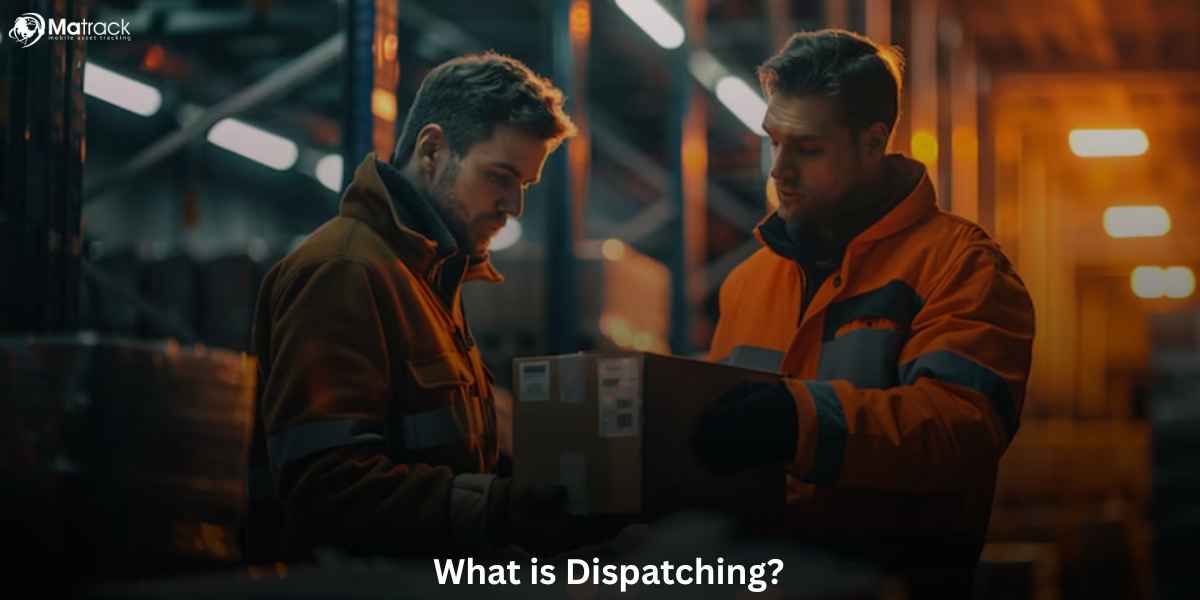Key Takeaways:
- Self-driving trucks use AI, sensors, and automation to navigate and transport goods without human control.
- They increase efficiency, reduce costs, and improve road safety by eliminating human-related driving risks.
- However, challenges like regulations, cybersecurity threats, and high costs slow widespread adoption.
- Future success depends on achieving full autonomy, integrating with smart infrastructure, and securing regulatory approval.
What Are Self-Driving Trucks?
Self-driving trucks are autonomous or semi-autonomous vehicles designed to transport goods with minimal human intervention. These trucks use advanced technology, including:
- Artificial Intelligence (AI): Enables real-time decision-making and route optimization.
- LiDAR and Radar Sensors: Detect objects, road conditions, and obstacles.
- High-Resolution Cameras: Identify lane markings, road signs, and surrounding vehicles.
- Machine Learning Algorithms: Improve driving performance based on collected data.
- GPS and Connectivity Systems: Ensure accurate navigation and communication with traffic systems.
Self-driving trucks operate at different levels of automation, from driver-assist features (Level 2) to full autonomy without human control (Level 5). While fully autonomous trucks are still in development, many companies are deploying semi-autonomous trucks for long-haul freight transport.
How Do Self-Driving Trucks Work?
Autonomous trucks rely on an integrated system of hardware and software to navigate roads safely and efficiently. The key components include:
Perception Systems
- LiDAR and radar sensors create a 3D map of the environment.
- Cameras process visual data to detect lanes, traffic signals, and pedestrians.
Decision-Making Algorithms
- AI software analyzes real-time data to determine speed, lane changes, and braking.
- Predictive models anticipate road conditions and potential hazards.
Vehicle-to-Infrastructure (V2I) Communication
- Trucks communicate with smart traffic lights, highways, and logistics hubs.
- Cloud-based data systems enable continuous updates on weather and road conditions.
Redundant Safety Mechanisms
- Automated braking prevents collisions.
- Human override systems allow emergency intervention.
Advantages and Disadvantages of Self-Driving Trucks
Self-driving trucks offer several benefits but also face challenges that must be addressed.
| Advantages | Disadvantages |
| Increased Efficiency: Operate 24/7 without breaks, reducing delivery times. | Regulatory Uncertainty: Laws and policies differ across regions, slowing adoption. |
| Lower Costs: Reduce labor, fuel, and maintenance expenses. | High Initial Investment: Autonomous truck technology is expensive to develop and deploy. |
| Improved Safety: Eliminate human errors like fatigue and distraction. | Cybersecurity Risks: Vulnerable to hacking and system failures. |
| Environmental Benefits: Optimized driving patterns reduce fuel consumption and emissions. | Public Trust Issues: Many people remain skeptical about self-driving technology. |
| Solves Driver Shortages: Addresses the growing lack of truck drivers. | Potential Job Losses: Automation may replace human truck drivers. |
Key Benefits of Self-Driving Trucks
Increased Freight Efficiency
Self-driving trucks operate continuously without breaks, reducing transit times and improving delivery speed. According to the American Transportation Research Institute, autonomous trucking could lower supply chain delays by up to 40 percent.
Lower Operational Costs
Automation reduces labor costs, fuel consumption, and vehicle maintenance expenses. Optimized driving patterns can cut fuel usage by up to 10 percent, resulting in billions of dollars in annual savings for logistics companies.
Improved Road Safety
Human error accounts for 94 percent of truck-related accidents, according to the National Highway Traffic Safety Administration (NHTSA). Self-driving trucks eliminate risks associated with fatigue, distraction, and impaired driving.
Addressing the Driver Shortage
The U.S. trucking industry faces a shortage of over 80,000 drivers, with projections estimating a gap of 160,000 by 2030. Autonomous trucks can bridge this gap by handling long-haul routes, allowing human drivers to focus on short-distance deliveries.
Environmental Benefits
Autonomous trucks use AI to optimize routes and reduce idling, lowering carbon emissions. The integration of electric self-driving trucks further enhances sustainability by eliminating fuel dependence.
Challenges Facing Self-Driving Trucks
Despite the benefits, several challenges must be addressed before widespread adoption.
Regulatory Uncertainty
Autonomous trucking laws vary across states and countries, slowing industry-wide deployment. The lack of standardized regulations creates challenges for manufacturers and logistics companies.
Cybersecurity Risks
Self-driving trucks rely on cloud-based networks and vehicle-to-vehicle communication, making them vulnerable to hacking. Strong cybersecurity measures are required to prevent data breaches and system disruptions.
High Initial Investment
Developing and deploying autonomous trucking technology requires substantial investment. The cost of sensors, AI software, and testing can exceed $100,000 per vehicle, creating barriers for smaller logistics firms.
Public Perception and Trust
Many people remain skeptical about self-driving technology. Public confidence will depend on successful real-world deployments and transparent safety data.
Workforce Displacement Concerns
Automation raises concerns about job displacement for truck drivers. However, new roles in fleet management, AI monitoring, and remote vehicle operation may emerge to support the transition.
Leading Companies in Autonomous Trucking
Several companies are at the forefront of self-driving truck innovation.
Tesla
Tesla’s Semi truck features an advanced autopilot system with AI-driven lane keeping, adaptive cruise control, and energy-efficient electric propulsion.
Waymo Via
Waymo, a subsidiary of Alphabet, has tested autonomous trucking in Texas, using AI-driven logistics solutions to improve long-haul freight transport.
TuSimple
TuSimple successfully completed an 80-mile fully autonomous truck trip without human intervention, setting a milestone in self-driving freight technology.
Embark Trucks
Embark specializes in Level 4 autonomous trucks that navigate highways without human drivers, aiming to revolutionize long-haul logistics.
Aurora Innovation
Aurora develops AI-powered trucking technology that integrates with logistics networks to enhance freight automation.
The Future of Self-Driving Trucks
Autonomous trucking will play a crucial role in the future of global logistics. Key trends shaping the industry include:
Full Autonomy (Level 5) Development
Future self-driving trucks will operate entirely without human input, enabling seamless logistics automation.
Integration with Smart Infrastructure
Autonomous trucks will interact with smart highways, automated loading docks, and AI-driven logistics hubs to enhance operational efficiency.
Widespread Electrification
The combination of electric and autonomous trucks will reduce emissions and improve fuel efficiency, making freight transportation more sustainable.
Advanced AI Decision-Making
Machine learning will continue to enhance truck decision-making, improving navigation, hazard detection, and route optimization.
Government and Industry Collaboration
Regulatory bodies will work with manufacturers and logistics firms to create safety standards and legislation supporting autonomous freight transport.
Conclusion
Self-driving trucks are reshaping freight transportation by increasing efficiency, reducing costs, and improving safety. While challenges such as regulation, cybersecurity, and workforce impact remain, ongoing advancements in AI and automation will accelerate adoption.
As companies continue testing and refining autonomous trucking technology, the logistics industry will see significant improvements in speed, sustainability, and cost-effectiveness. The transition to full autonomy is inevitable, and businesses that adapt early will gain a competitive edge in the evolving transportation landscape.






